I'm having a hard time building an efficient procedure that adds and multiplies probability density functions to predict the distribution of time that it will take to complete two process steps.
Let "a" represent the probability distribution function of how long it takes to complete process "A". Zero days = 10%, one day = 40%, two days = 50%. Let "b" represent the probability distribution function of how long it takes to complete process "B". Zero days = 10%, one day = 20%, etc.
Process "B" can't be started until process "A" is complete, so "B" is dependent upon "A".
a <- c(.1, .4, .5)
b <- c(.1,.2,.3,.3,.1)
How can I calculate the probability density function of the time to complete "A" and "B"?
This is what I'd expect as the output for or the following example:
totallength <- 0 # initialize
totallength[1:(length(a) + length(b))] <- 0 # initialize
totallength[1] <- a[1]*b[1]
totallength[2] <- a[1]*b[2] + a[2]*b[1]
totallength[3] <- a[1]*b[3] + a[2]*b[2] + a[3]*b[1]
totallength[4] <- a[1]*b[4] + a[2]*b[3] + a[3]*b[2]
totallength[5] <- a[1]*b[5] + a[2]*b[4] + a[3]*b[3]
totallength[6] <- a[2]*b[5] + a[3]*b[4]
totallength[7] <- a[3]*b[5]
print(totallength)
[1] [1] 0.01 0.06 0.16 0.25 0.28 0.19 0.05
sum(totallength)
[1] 1
I have an approach in visual basic that used three for loops (one for each of the steps, and one for the output) but I hope I don't have to loop in R.
Since this seems to be a pretty standard process flow question, part two of my question is whether any libraries exist to model operations flow so I'm not creating this from scratch.
